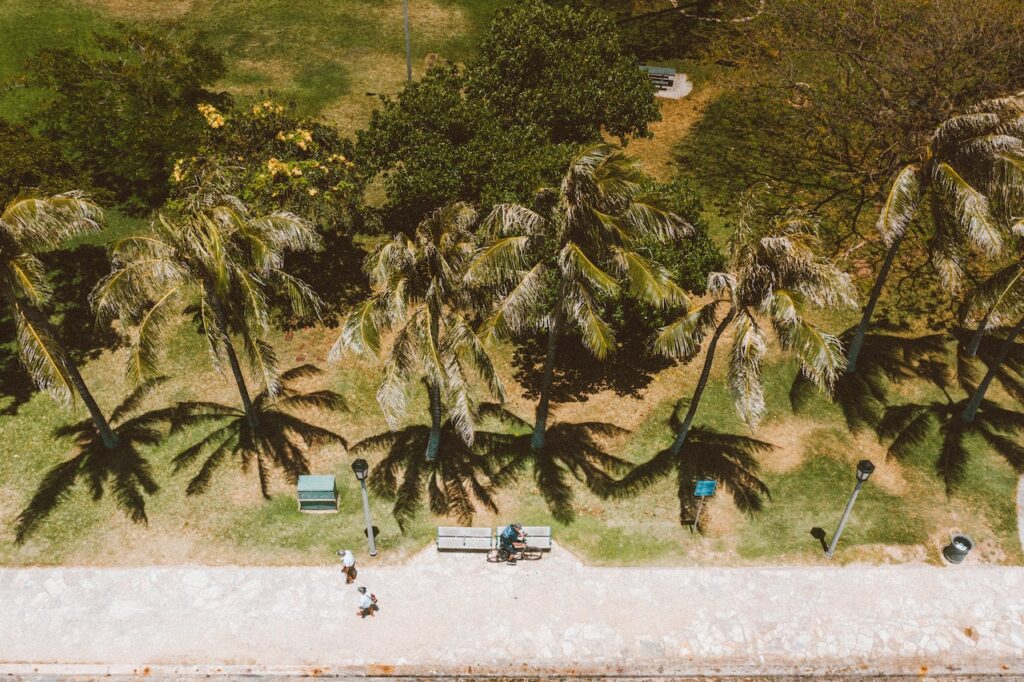The Hawaii State Department of Health (DOH) has reported the detection of trace levels of 2,4-Dichlorophenoxyacetic acid (2,4-D) in the Haleakala National Park (HNP) drinking water system. This marks the first time this organic chemical has been detected during routine sampling at this location. However, the water remains safe to drink, as the levels of 2,4-D were well below the established safety limits.

Understanding the Contaminant: 2,4-D
2,4-D is an organic chemical that has been widely used since the 1940s as a pesticide on row crops such as sugar cane. The U.S. Environmental Protection Agency (EPA) and the State have set a Maximum Contaminant Level (MCL) of 70 parts per billion (ppb) for 2,4-D in drinking water. The MCL is the highest level of a contaminant that is allowed in drinking water, set to avoid human health risks based on a lifetime of consuming water containing that level of contaminant.
The Detection in Haleakala National Park Water System
The HNP water system, a small community system serving approximately 1,200 persons in Kula, Maui, recently detected levels of 2,4-D ranging from 0.26 to 0.39 ppb. These levels are less than 0.6% of the MCL, indicating that the water remains safe to drink.
Compliance with Federal and State Standards
HNP’s drinking water is tested as mandated by federal and state drinking water regulations. To date, the water system continues to be in full compliance with all federal and state standards for drinking water. The recent detection of 2,4-D does not change this status.
In conclusion, while the detection of 2,4-D in the HNP water system is noteworthy, it is important to understand that the levels detected are well below the established safety limits. The Hawaii State Department of Health and the HNP continue to monitor and test the water to ensure it remains safe for consumption.

Scott Sweeney is the creator of Virtual Hawaii 360. Scott is a professional marketer and a lifelong Hawaii enthusiast. Scott splits time between Oahu and Dayton, Ohio. In addition to his marketing endevours, he is also a published Ukulele musician.
